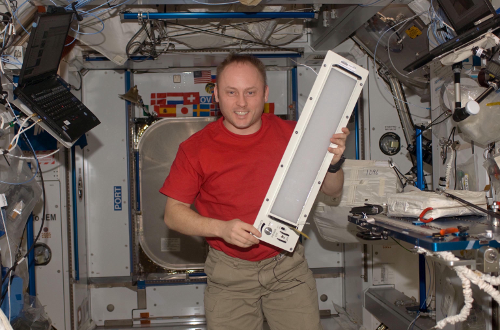NASA is planning to test an $11.2 million lighting system to try to better regulate astronaut’s body clocks. The technology could help studies into sleeping problems back on earth.
The idea is to tackle the problem that natural light doesn’t follow usual patterns when you are in orbit. That means astronauts don’t sleep as much as normal: on average they sleep for only six hours despite being alloted an 8.5 hour break.
Not only can lack of sleep affect performance and concentration, but having the “wrong” light schedule can also cause problems. NASA says studies of hospital staff in Alaska show there are more mistakes made during times when daylight hours are shorter.
NASA has previously noted that around half of all astronauts need to use sleeping pills and that such pills make up around half of the total medication used in space. Even then, doses have to be kept low as an astronaut may need to be quickly alert when woken in an emergency.
At the moment, most artificial lighting in the International Space Station is made up of fluorescent panels that simply switch on or off. The test, scheduled for 2016, will replace some of these with LED light panels (pictured) that can cycle between “pure” white light and light with a blue or red tinge.
The theory is that the blue light will stimulate melanopsin, a light-sensitive pigment in the retina that helps translate an increase in light to the body knowing it is day time. It should also stimulate melatonin, a hormone related to alertness. In contrast, the red light should reverse the process and help the astronaut feel drowsier.
The logic comes partly from earth bound studies that suggest exposure to artificial light just before bedtime, particularly that from large screens, can disrupt sleep.
The lights can be programmed either by astronauts or remotely by ground crew. This could allow astronauts who’ve come from parts of the world with different seasons to come up with a day-night schedule closer to what they have recently experienced.
Smith Johnson, a NASA flight surgeon, warned that astronauts using the lighting will need to avoid looking out of windows when preparing for sleep as this could confuse the effects.

